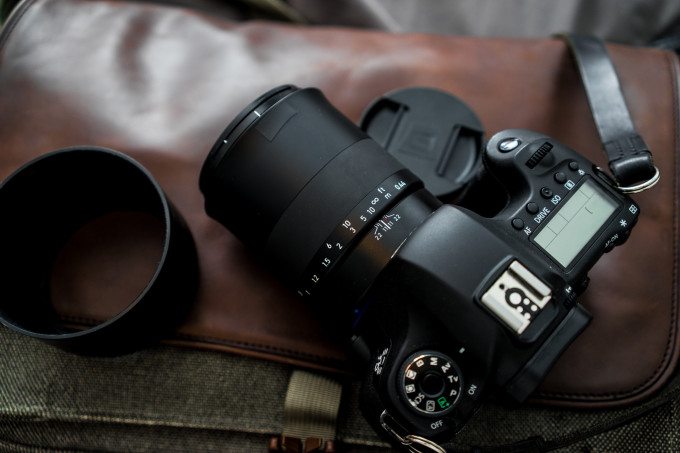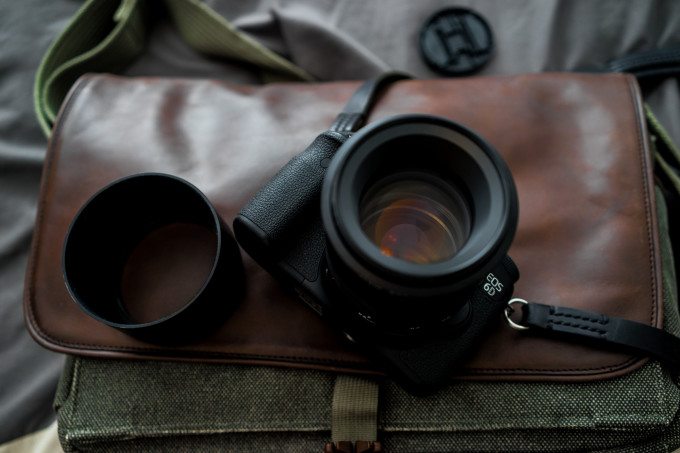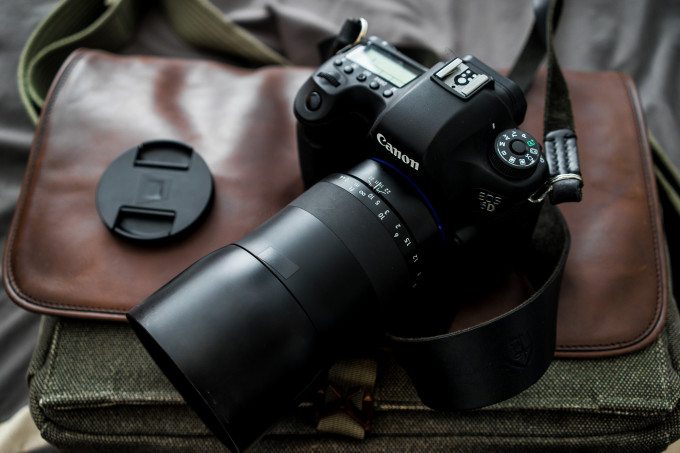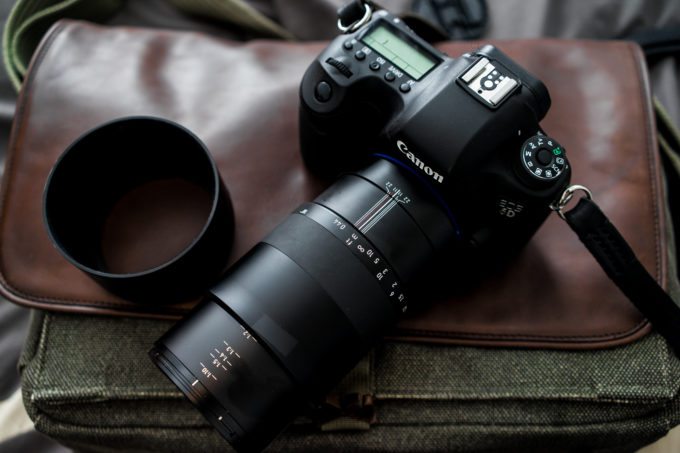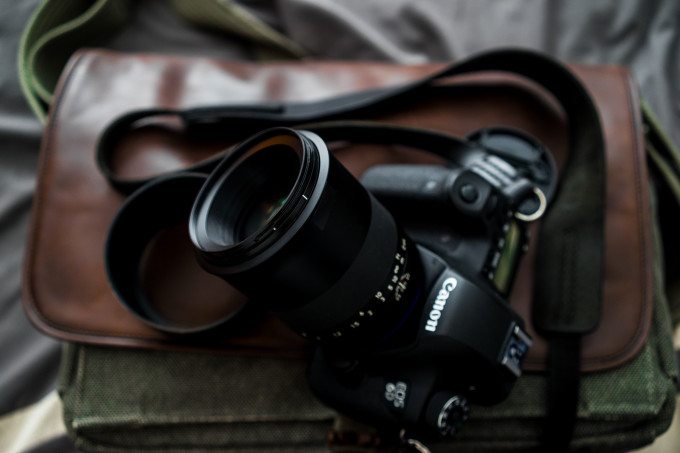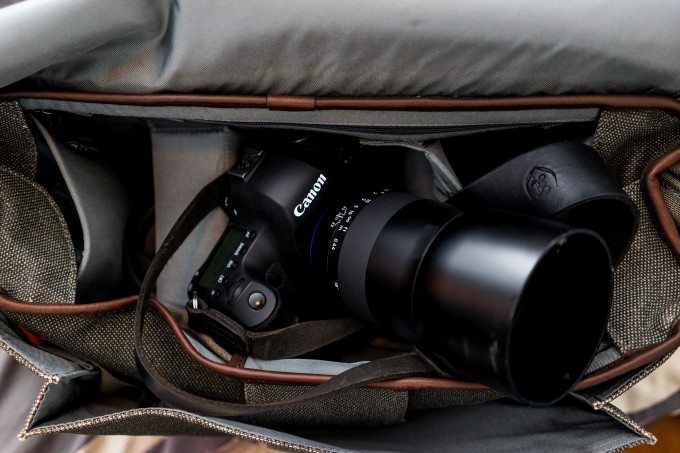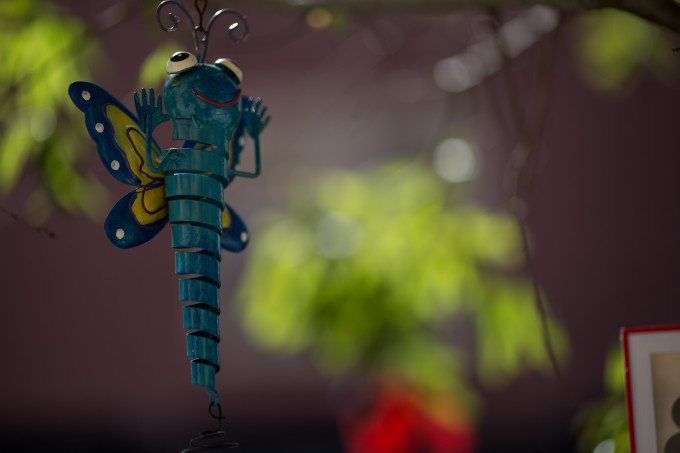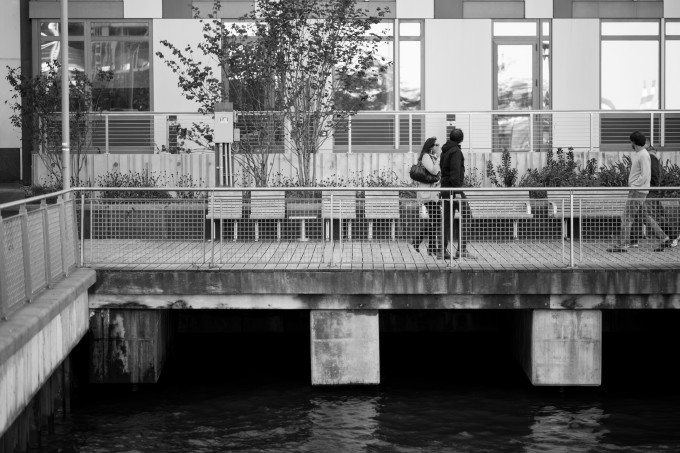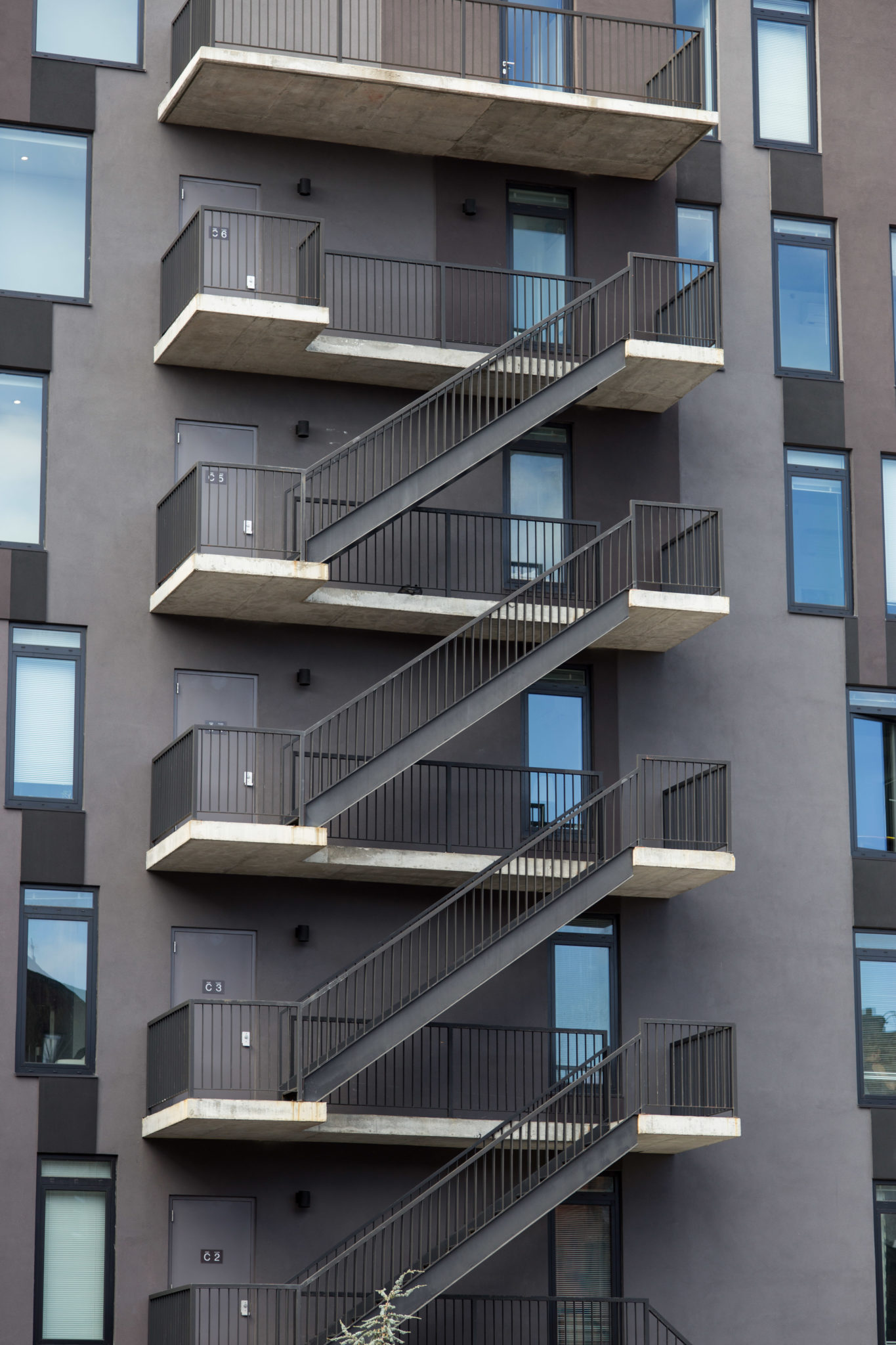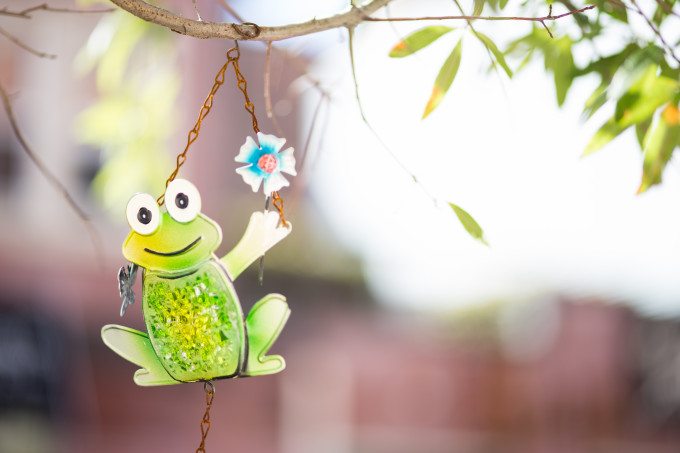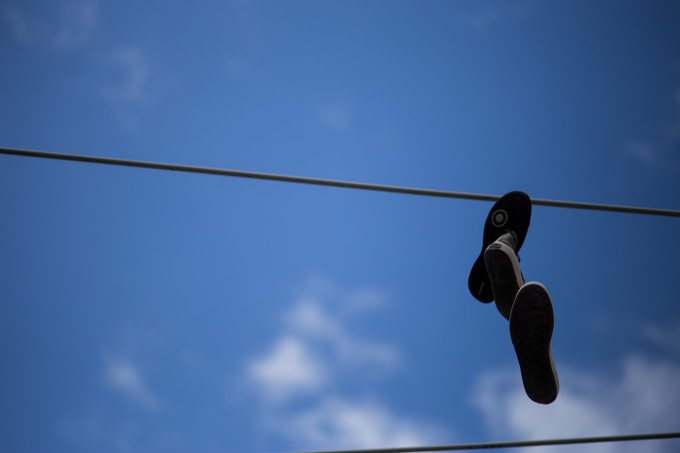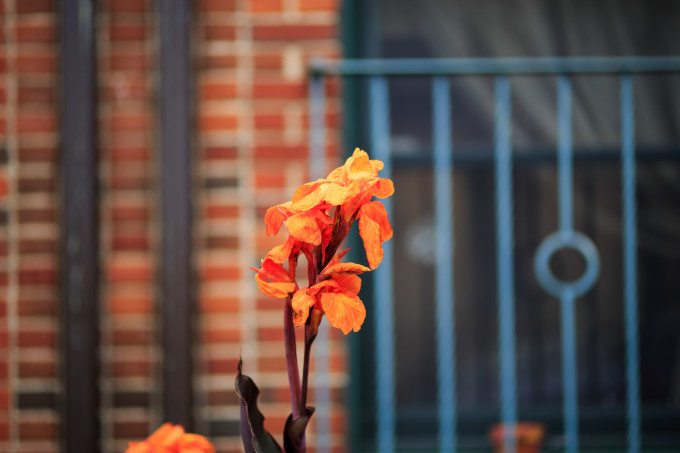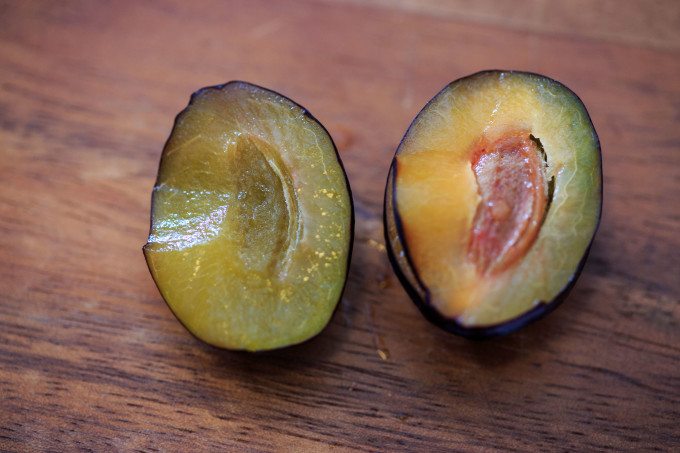Last Updated on 11/05/2015 by DigitalMGMT
As the longest focal length in the Zeiss Milvus lineup of lenses, the Zeiss 100mm f2 Milvus lens is a lens that focuses very closely though not to macro ranges. The 100mm focal length is typically associated with macro lenses but the focal length is also popular with portrait photographers. Zeiss lenses in general have always performed well for portrait photography and we had no doubts that this lens would deliver stellar image quality.
With an all metal exterior sans the rubber focusing ring along with weather sealing built into the lens, there is very little that you can really complain about here.
Pros and Cons
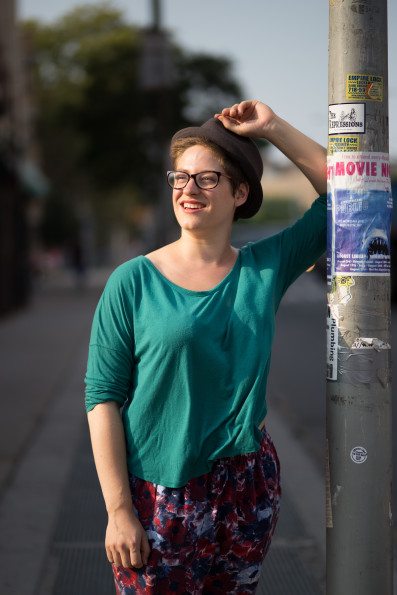
Pros
- Built well
- Nice saturation to the colors though a bit too saturated for portraits
- Close focusing
Cons
- Expensive at $1,843.
Gear Used
To test this lens we used the Canon 6D with the Adorama Flashpoint Lion Radio Flash and Transmitter.
Tech Specs
Specs taken from the B&H Photo listing of the lens.
| Features | |
|---|---|
| Autofocus | No |
| Physical | |
|---|---|
| Filter Thread | Front: 67 mm |
| Dimensions (DxL) | Approx. 3.17 x 4.09″ (80.5 x 104 mm) |
| Weight | 1.85 lb (843 g) |
Ergonomics
The Zeiss 100mm f2 Milvus lens is the company’s longest Milvus lens at the moment of publishing this review, and it is also capable of becoming even longer. The front filter thread measures in at 67mm, so keep that in mind when you use filters.
The exterior of the lens is characterized by metal and a giant rubber ring. Because this is a manual focusing lens, you don’t have an AF/MF switch on the body. Additionally, you have a working depth of field and focusing scale.
When the lens is focused at its nearest distance, it gets quite long. When you put the lens hood on it, the overall package is even longer.
Build Quality
Like the rest of the Milvus lenses, the 100mm f2 is weather sealed. At the lens mount is a blue rubber ring that keeps out moisture and precipitation. Plus there are weather gaskets on the inside of the lens. Combine this with the metal exterior and the rubberized focusing ring and you’ve got yourself one very solid and well built lens.
Ease of Use
The Zeiss Milvus lineup of lenses aren’t exactly the simplest lenses to use for most people. You see, most people want autofocus and these lenses require you to manually focus. Because you’re paying that much more attention to the scene and being extra careful, what you’ll see is that the mentality forces you to create a better image than one normally would when using autofocus.
You’ll pay much more attention to the scene in general and the process will be a slow one that makes you take your time.
When the camera tells you that you’re in focus, make sure that you control your breathing and that the focus confirmation is still acknowledged. This can be seen via the green display dot for Canon in the bottom right corner of the viewfinder. If that isn’t displaying then the focusing is now off.
For the absolute best results, use a tripod.
Focusing
This is a manual focus lens and we found the best results to be given to us when using the Canon 6D in Live View mode. But if you use the straight focusing confirmation you won’t have much of a problem either. In general, Nikon’s rangefinder system is much easier to focus with based on your pre-selected focusing point.
Image Quality
Yup; yup, yup, yup, yup, yup.
That’s all we can say about this lens. Well, not really–but damn is it good when you’ve got the focusing down.
The Zeiss Milvus 100mm f2 is capable of producing very sharp images wide open and at any aperture as long as you’re careful. You’ll also be rewarded with excellent colors, bokeh and more. It delivers beautiful image quality and there is really very little to complain about.
Bokeh
The bokeh from this lens is beautiful and nothing less should be expected from a 100mm f2 lens. In no way is it distracting or hazy. Instead, it’s very creamy and characteristic of the results from many other portrait lenses. Arguably, this lens has the best bokeh of any 100mm lens that we’ve tested.
Color Fringing
Yup, we found it. Take a look at the edges around the walking man. Color fringing is surely there but it’s easily removed in post-production.
To be fair, at this price point we shouldn’t have any sort of color fringing.
Color Rendition
The color rendition from Zeiss lenses has always been incredible; though we’ve usually preferred them being shot wide open because we get lots of incredible saturated colors. That saturated look even continues as you stop down here.
The saturation isn’t as strong as a Sigma lens, but it’s still quite up there.
Sharpness
The lens has a sharpness of this lens is good at f2 but it really starts to shine at f2.8 and even more so at f4. With a flash added to the scene, the sharpness will leave anyone very pleased with the image.
Extra Image Samples
Conclusions
Likes
- Great image quality
- Good colors
- Weather Sealing
Dislikes
- Really expensive
- Can deliver beautiful images, but not as exciting as Zeiss’s other Milvus lenses.
The Zeiss 100mm f2 Milvus lens is highly capable of helping you deliver a great photo. It has incredible bokeh and great colors but isn’t as sharp wide open as I personally expected it to be. Stopped down though–it’s much sharper than I thought. We’re not at all doubting that great images can be created with this lens, but we’re more wondering about who would purchase one.
The Zeiss 100mm f2 Milvus lens receives three out of five stars. It’s good, but very expensive and we’re not sure how it exactly stands our from the crowd.
Recommended Cameras
Canon 5Ds: We recommend this camera for the ultra high resolution.


